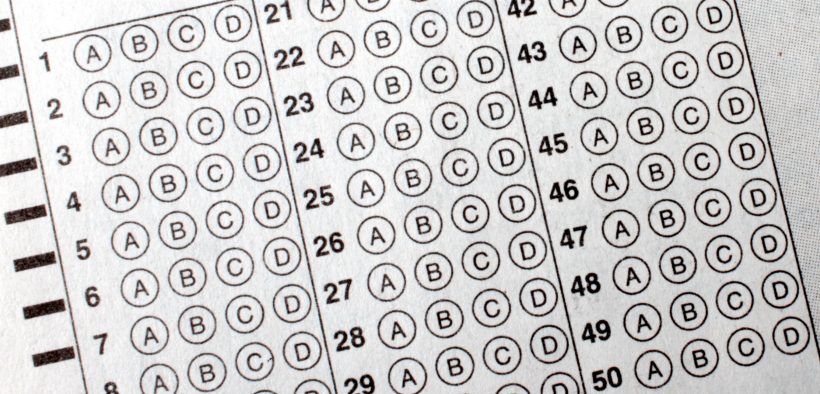Tests provide one measure of our students’ learning according to the standards of the instructor and the field. But tests also affect our students socially, emotionally, and financially and influence their science-minded identities for years to come. We owe it to students to create fair tests with transparent expectations, clear guidelines for studying, and questions that adhere to scholarly practices. Our goal at the 2020 Teaching Professor Conference was to provide a road map to improving the quality of the machine gradable test items. We emphasized crafting and aligning learning objectives with test items and provided an item-writing checklist to help instructors critique and improve their test items.
Improving the Quality of Machine-Gradable Questions

Related Articles
I have two loves: teaching and learning. Although I love them for different reasons, I’ve been passionate about...
Active learning is a mostly meaningless educational buzzword. It’s a feel-good, intuitively popular term that indicates concern for...
Perhaps the earliest introduction a student has with a course is the syllabus as it’s generally the first...
Generative AI allows instructors to create interactive, self-directed review activities for their courses. The beauty of these activities...
I’ve often felt that a teacher’s life is suspended, Janus-like, between past experiences and future hopes; it’s only...
I teach first-year writing at a small liberal arts college, and on the first day of class, I...
Proponents of rubrics champion them as a means of ensuring consistency in grading, not only between students within...









One Response
I particularly appreciated your comments that, “They should construct tests that minimize excessive or unnecessary reading.” This is an issue whenever a new textbook is adopted. I noticed a test quality challenge recently when my department made the well-meaning leap to an open source textbook. While the new content was as good as the old, the old test bank did not match. Each author used a slightly different voice to describe even basic concepts. If multiple choice quiz questions don’t match in voice, wording, or definitions, this can unfairly confuse students and drive them to “Google” the answers. This is a serious problem with online teaching. Students who have done the required reading deserve quiz questions that test concepts using the same wording. In fairness to students, whenever a new textbook is adopted, a new test bank should be written to match.